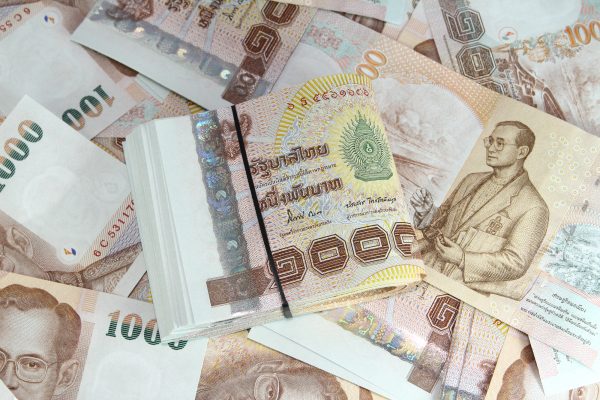ASEAN Beat | Economy | Southeast Asia
COVID-19 exacerbated the situation, but high levels of household debt are a structural feature of the Thai economy that predates the pandemic.
According to recent reporting in the Bangkok Post and South China Morning Post, household debt in Thailand has reached its highest level in years, with statistics compiled by the Bank of Thailand showing that it reached 90 percent of GDP in the fourth quarter of 2021. The pandemic is partly to blame for this. With an economy heavily structured around the export of services and goods the pandemic hit incomes in Thailand quite hard, and people would have been forced into borrowing to make up the difference.
But that’s only part of the story. Household debt was already high in Thailand before the pandemic, clocking in at 78.8 percent of GDP in the first quarter of 2019. And domestic credit to the private sector has been consistently high, exceeding 100 percent of GDP for many years. So while we can say that COVID-19 exacerbated the situation, this is a structural feature of the Thai economy that predates the pandemic.
Around 2010-2011, debt levels in Thailand started increasing significantly. Household debt stood at 68 percent of GDP at the start of 2012 and had grown to 81 percent by the end of 2015. This coincided with a depreciation of the Thai baht and a big export boom. By 2016, Thailand was running a surplus in its current account in excess of 10 percent of GDP.
The effect that a large trade surplus has on a particular economy depends on how the gains are distributed. In Thailand, where exports mainly come from the sale of manufactured goods and machinery to foreign buyers and from the tourism sector, a big boom in exports could theoretically be recycled into higher wages for the factory and service workers who supply those sectors with labor.
And wages did experience a big upswing from 2011 to 2014 (thanks to a minimum wage hike), before slowing considerably in the years leading up the pandemic. For instance, from the fourth quarter of 2015 to the fourth quarter of 2017, the average monthly wage for a factory worker rose only 2 percent. This was a period when Thailand was accumulating very large surpluses in the current account, suggesting that gains from the export boom were not being converted into large wage increases for workers.
There are of course many other reasons why household debt might be increasing: Lax underwriting standards and regulatory oversight; easy monetary policy encouraging excessive lending; high gas and electricity prices being passed onto consumers, especially during the commodity boom of the mid-2010s. But looking at the overall structure of the Thai economy, it seems a major part of the story is that big trade surpluses and surging exports were not converted into correspondingly big wage increases for workers, causing people to turn to various forms of consumer credit.
In Thailand the government is reluctant to run deficits in order to cushion price increases in basic goods (the Energy Regulatory Commission just approved a record-high electricity tariff, which is unlikely to help reduce household debt anytime soon) and big trade surpluses do not necessarily translate into big wage increases for workers. It would not then be unexpected to find households taking on more and more debt to fill the gap.
None of this should come as a surprise, least of all to government policymakers. The numbers have been readily available in World Bank, Asian Development Bank, and Bank of Thailand databases for anyone who wanted to look. I noted in an article almost two years ago that the time was right for the government to use some of its fiscal wiggle room during the pandemic to address the consumer debt overhang. Now that inflation is spiking and global monetary policy tightening, and with overall household debt remaining persistently high, that window is narrowing and it is not immediately clear what the exit strategy will be.


